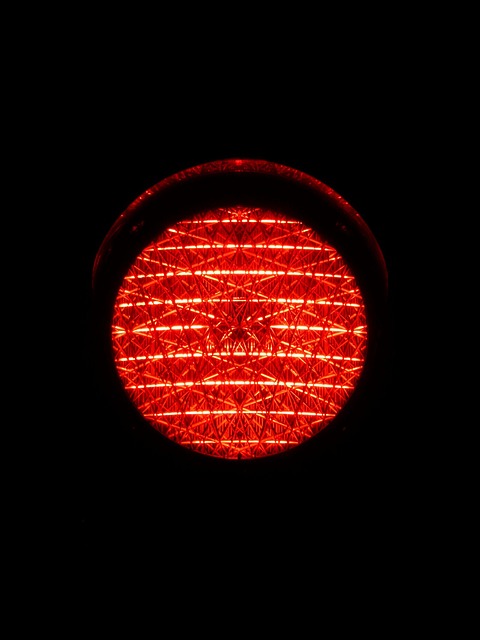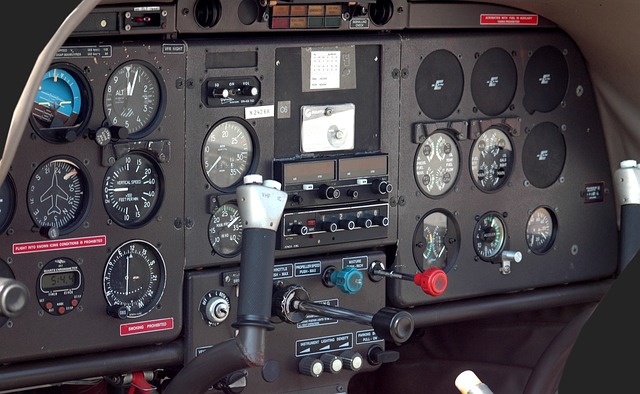Opossums frequently visit Centennial yards seeking food or shelter, leaving behind distinctive five-toed tracks with opposable thumbs. Tracking these prints can help identify entry and exit points for effective wildlife control. Live traps and trap-and-kill methods are available for possum trapping, each with its advantages and drawbacks. Regularly scanning your yard for animal tracks, especially after rain, helps determine unwanted visitors like opossums, mice, or rats. Preventative measures include securing trash cans, trimming vegetation, installing fences, and cleaning up fallen fruits to deter wildlife. Combining track identification with these actions keeps your Centennial yard free from unwanted wildlife.
“Curious about the mysterious creatures leaving their mark on your Centennial yard? Understanding opossum behavior is key to effective wildlife control. These nocturnal visitors, with their unique habits and dietary preferences, often venture into backyards seeking food and shelter. This article equips you with insights into opossum trapping methods, from traditional techniques to modern innovations, helping you choose the best approach. Additionally, learn how to identify animal tracks in your yard and implement preventive measures to deter unwanted visitors naturally.”
- Understanding Opossum Behavior and Why They Visit Your Yard
- Different Methods of Opossum Trapping: Pros and Cons
- How to Identify Animal Tracks in Your Centennial Yard and Prevent Unwanted Visitors
Understanding Opossum Behavior and Why They Visit Your Yard

Opossums, or possums as they’re sometimes called, are fascinating creatures known for their unique behavior and adaptability. Understanding their habits is crucial when dealing with wildlife control, especially in your Centennial yard. These animals are primarily nocturnal and have a keen sense of smell, which guides them to sources of food. They are omnivores, feasting on insects, small rodents, fruits, and even discarded human food. If you’ve noticed an increase in visitors from these marsupials in your yard, it’s likely due to the availability of food or shelter.
Identifying animal tracks can be a great way to confirm their presence. Opossums leave distinct prints with their five toes and opposable thumbs, often leaving behind clear imprints in soft ground or sand. Their tracks can vary in size depending on the species but generally resemble small human feet. By observing these signs, you can better understand their movement patterns and pinpoint where they are entering and exiting your property, aiding in effective wildlife control measures.
Different Methods of Opossum Trapping: Pros and Cons

When it comes to possum trapping, there are several methods to choose from, each with its own advantages and drawbacks. One common approach is using live traps, which humanely capture opossums without harming them. These traps are often baited with food and can be checked regularly to release the animal back into the wild. However, they require more time and effort compared to other methods.
Another option is trap-and-kill methods, which involve setting lethal traps that swiftly dispatch possums. While this approach may seem quicker, it raises ethical concerns and requires proper disposal of the carcasses. Additionally, identifying animal tracks in your Centennial yard can help determine if opossums are present, guiding you towards the most suitable trapping method for your situation.
How to Identify Animal Tracks in Your Centennial Yard and Prevent Unwanted Visitors

Identifying animal tracks in your Centennial yard is a crucial first step in understanding and managing unwanted visitors. Look for distinct shapes and sizes, as different animals leave unique prints. Common tracks to spot include those of opossums, known for their small, rounded paws with four toes on each foot. Mice and rats also leave visible signs, often found near walls or in dark corners. By regularly scanning your yard, especially after rainfall when tracks are more apparent, you can gain insights into the species frequenting your property.
Preventing unwanted animal visitors requires a multi-faceted approach. Start by securing trash cans with tight-fitting lids to eliminate food sources. Trim vegetation and clear brush to reduce hiding spots and make your yard less appealing. Consider installing physical barriers like fences or wire mesh around your garden beds. Regularly cleaning up fallen fruits or nuts can also deter animals seeking easy meals. These measures, combined with identifying and understanding the tracks you find, will go a long way in keeping your Centennial yard free from unwanted wildlife visitors.
Understanding opossum behavior and learning how to identify animal tracks in your Centennial yard are essential steps in effective wildlife control. By utilizing appropriate trapping methods, you can humanely address opossum visits and maintain a peaceful coexistence with these creatures. Remember, each approach has its advantages and drawbacks, so adapt strategies to suit your specific situation. With the right tools and knowledge, you’ll be well-equipped to handle opossum trapping support and keep your yard balanced and secure.
